Fu Jow Pai: Descending Mountain Tiger 36 Techniques (31-36 and Finishing Movements)
Title: Fu Jow Pai: Descending Mountain Tiger 36 Techniques (31-36 and Finishing Movements)
Five Animals Kung Fu, also known as Wu Qin Xing in Chinese, is one of the most iconic and ancient martial arts styles in the world. Rooted in the principles of harmony with nature, this unique practice combines physical movements inspired by five animals—tiger, deer, bear, monkey, and crane—to promote strength, agility, and inner balance. While it may not be as widely popular as styles like Taekwondo or Karate, Five Animals Kung Fu has a rich history and offers numerous benefits for both physical and mental well-being.
In this comprehensive guide, we will explore the origins, techniques, and benefits of Five Animals Kung Fu. Whether you're a martial arts enthusiast, a fitness seeker, or simply curious about traditional Chinese practices, this article will provide you with valuable insights into this fascinating martial art.
Bak Mei / Bai Mei Quan More details »
Choy Lee Fut More details »
Five Animals Kung Fu More details »
Ditang Quan More details »
Baji Quan More details »
Chuan Quan More details »
Five Animals Kung Fu, also known as Wu Qin Xing in Chinese, is one of the most iconic and ancient martial arts styles in the world. Rooted in the principles of harmony with nature, this unique practice combines physical movements inspired by five animals—tiger, deer, bear, monkey, and crane—to promote strength, agility, and inner balance. While it may not be as widely popular as styles like Taekwondo or Karate, Five Animals Kung Fu has a rich history and offers numerous benefits for both physical and mental well-being.
In this comprehensive guide, we will explore the origins, techniques, and benefits of Five Animals Kung Fu. Whether you're a martial arts enthusiast, a fitness seeker, or simply curious about traditional Chinese practices, this article will provide you with valuable insights into this fascinating martial art.

The origins of Five Animals Kung Fu can be traced back to ancient China, where it was developed by the legendary physician and martial artist Hua Tuo during the Eastern Han Dynasty (25–220 AD). Hua Tuo, often regarded as the father of Chinese surgery, created this martial art as a form of exercise to improve health and longevity. His inspiration came from observing animals in nature and their unique movements.
The five animals—tiger, deer, bear, monkey, and crane—were chosen for their distinct characteristics:
Tiger : Symbolizes strength and courage.
Deer : Represents agility and grace.
Bear : Embodies stability and power.
Monkey : Signifies flexibility and quick reflexes.
Crane : Represents balance and precision.
By mimicking these animals, Hua Tuo designed a practice that not only improved physical fitness but also promoted mental clarity and emotional balance. Over time, Five Animals Kung Fu evolved into a highly respected martial art, passed down through generations and practiced by monks, warriors, and healers alike.
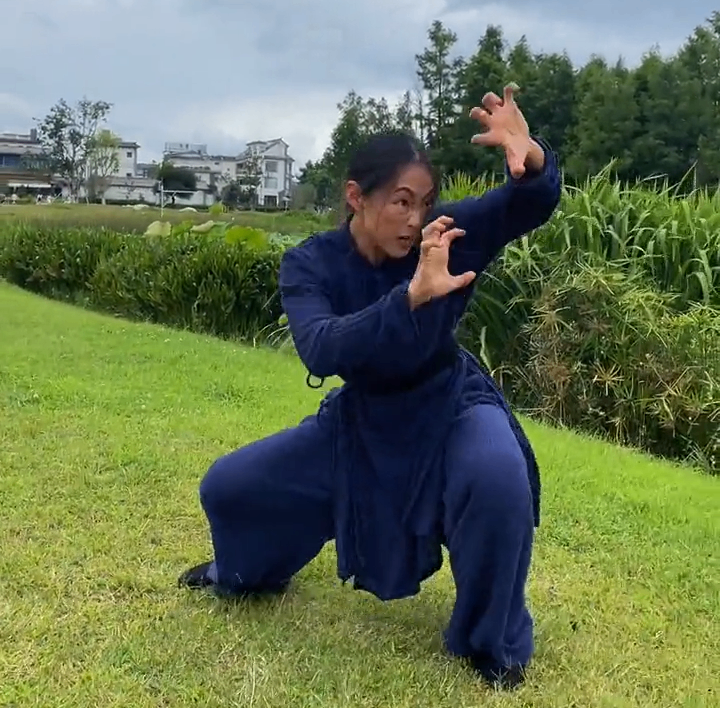
Five Animals Kung Fu is characterized by its fluid, natural movements that emphasize balance, coordination, and inner strength. Unlike many modern martial arts that focus solely on combat, Five Animals Kung Fu prioritizes holistic well-being, combining physical exercise with meditative practices.
Here are some of the key techniques and principles:
Each animal corresponds to specific movements designed to mimic their unique traits:
Tiger Style : Focuses on powerful strikes and strong stances.
Deer Style : Emphasizes agility and rapid footwork.
Bear Style : Highlights stability and heavy, grounded movements.
Monkey Style : Focuses on quick, playful, and unpredictable actions.
Crane Style : Prioritizes balance and precise, controlled movements.
Five Animals Kung Fu emphasizes circular, flowing movements rather than rigid, linear motions. This approach promotes flexibility and reduces the risk of injury.
Proper breathing is a cornerstone of Five Animals Kung Fu. Practitioners are taught to synchronize their movements with deep, controlled breathing to enhance energy flow and mental focus.
The practice focuses on cultivating qi (life energy) and balancing the body's internal systems. This makes Five Animals Kung Fu not just a physical practice but also a form of meditation and self-healing.
While Five Animals Kung Fu is rooted in ancient traditions, its benefits are highly relevant in modern times. Here are some of the key advantages:
The practice enhances strength, flexibility, and coordination. Regular practice can lead to better posture, increased stamina, and improved cardiovascular health.
The meditative aspects of Five Animals Kung Fu help reduce stress and improve focus. It is often compared to yoga for its ability to promote mental relaxation and emotional balance.
Despite its focus on health and meditation, Five Animals Kung Fu is also an effective self-defense system. Practitioners learn to use their bodies efficiently and respond to threats with precision.
By practicing Five Animals Kung Fu, you contribute to the preservation of an ancient martial art and its rich cultural heritage.
While Five Animals Kung Fu shares similarities with other martial arts, it stands out for its unique philosophy and approach:
Unlike Taekwondo or Karate , which focus primarily on striking and combat, Five Animals Kung Fu emphasizes holistic well-being.
Compared to Tai Chi , which is more meditative and slow-paced, Five Animals Kung Fu incorporates dynamic, animal-inspired movements.
Unlike Muay Thai or Boxing , which are highly competitive sports, Five Animals Kung Fu is rooted in tradition and self-improvement.
This makes Five Animals Kung Fu a versatile and unique practice for individuals of all ages and fitness levels.
If you're interested in learning Five Animals Kung Fu, here are some tips to get started:
Find a Qualified Instructor Look for a reputable martial arts school or instructor who specializes in Five Animals Kung Fu. Many traditional schools offer classes for beginners.
Start Slowly As with any new physical activity, begin with gentle movements and gradually build up intensity. Focus on proper form and breathing.
Practice Regularly Consistency is key to mastering any martial art. Aim to practice a few times a week to see the best results.
Embrace the Philosophy Five Animals Kung Fu is more than just physical exercise—it's a way of life. Embrace the mindfulness and inner balance that comes with the practice.
Five Animals Kung Fu is more than just a martial art; it's a holistic practice that combines physical fitness, mental clarity, and cultural heritage. With its ancient roots and timeless wisdom, it offers something for everyone, whether you're looking to improve your health, learn self-defense, or connect with tradition.
If you're searching for a unique and meaningful way to enhance your well-being, consider giving Five Animals Kung Fu a try. You might just discover a new passion that transforms your life.
Keywords : Five Animals Kung Fu, Wu Qin Xing, Hua Tuo, ancient martial arts, Five Animals Kung Fu history, Five Animals Kung Fu techniques, Five Animals Kung Fu benefits, Five Animals Kung Fu vs. other martial arts, Five Animals Kung Fu near me, learn Five Animals Kung Fu, Five Animals Kung Fu for health.
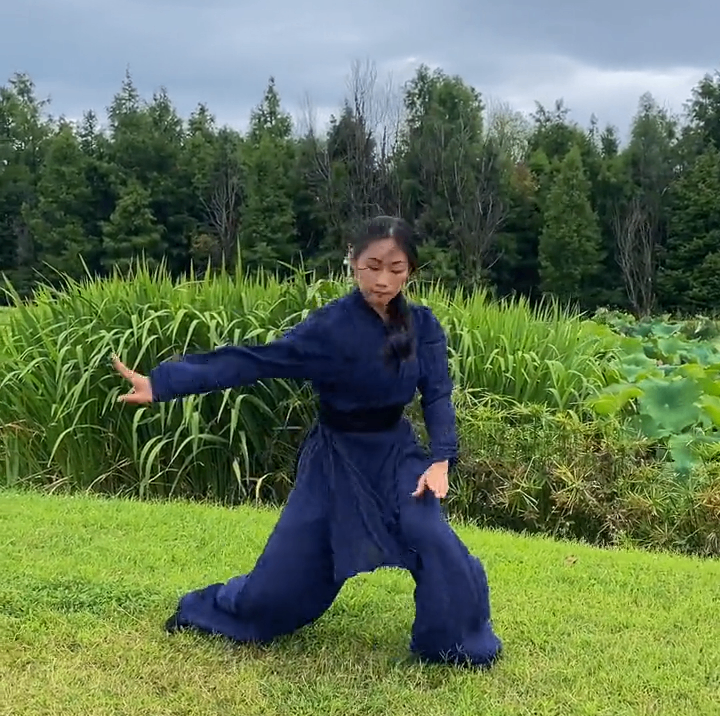
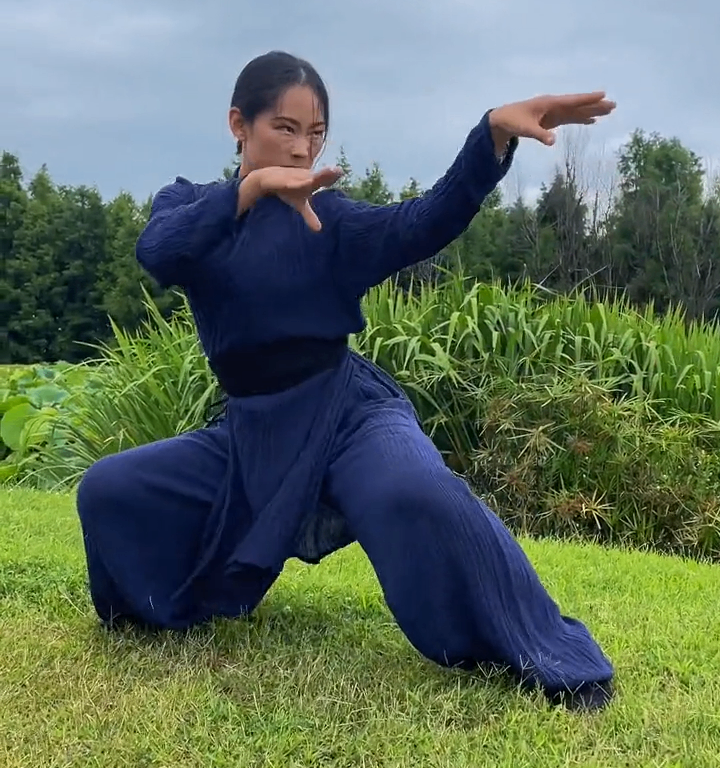
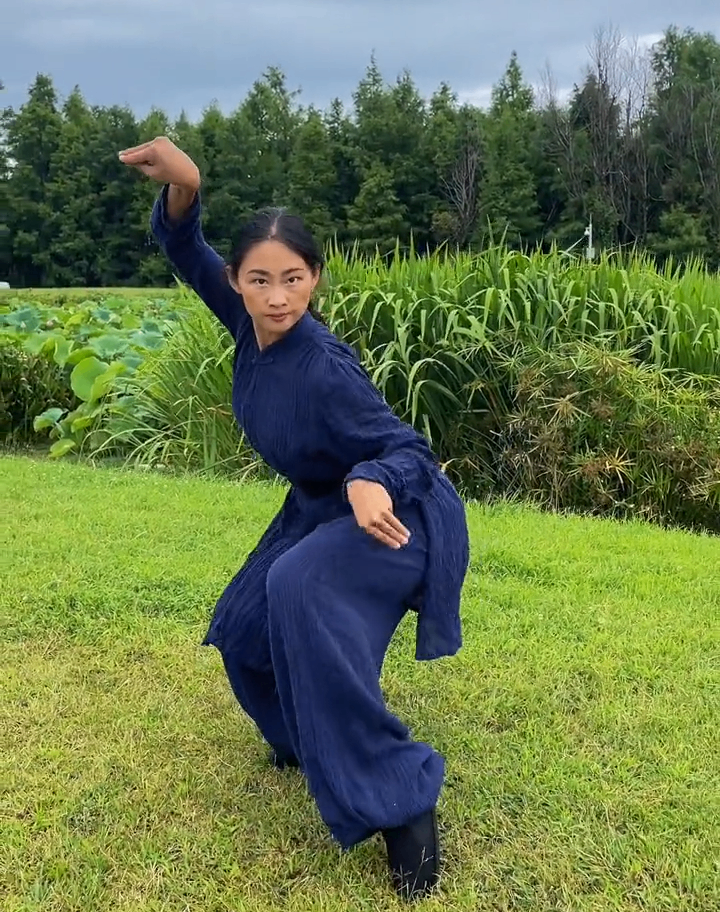
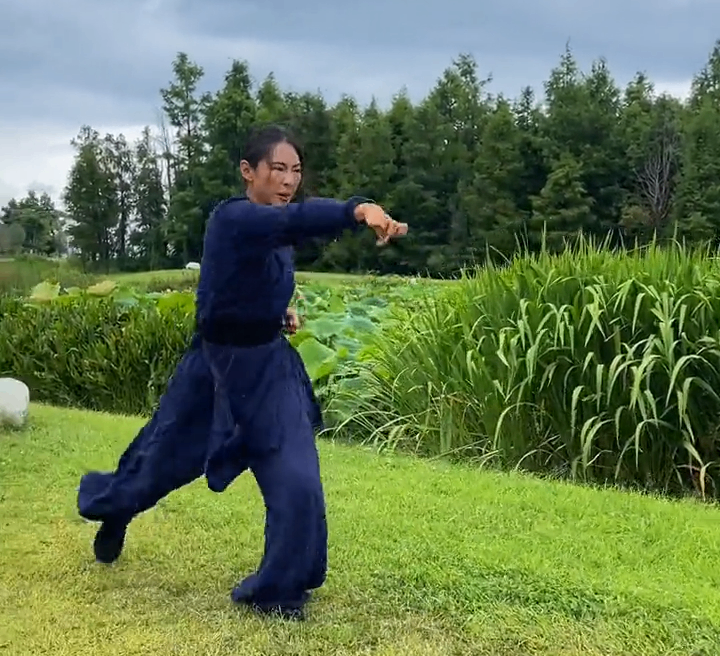
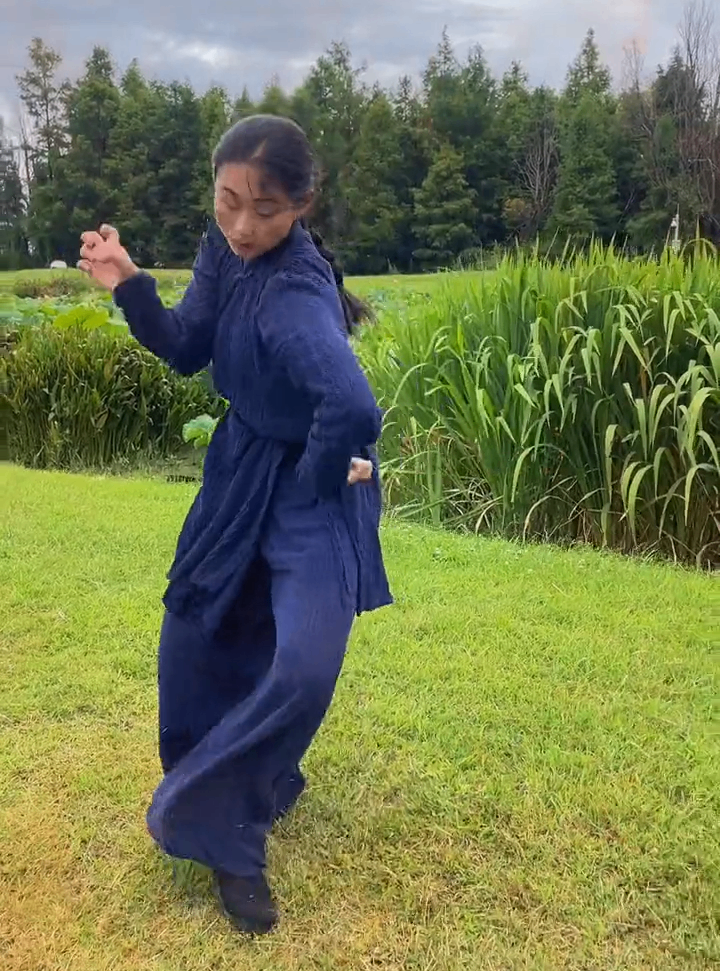
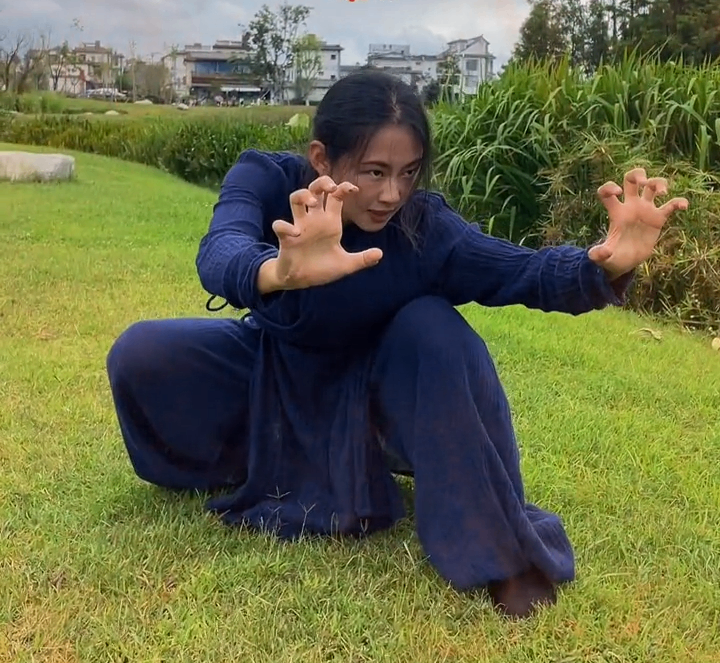
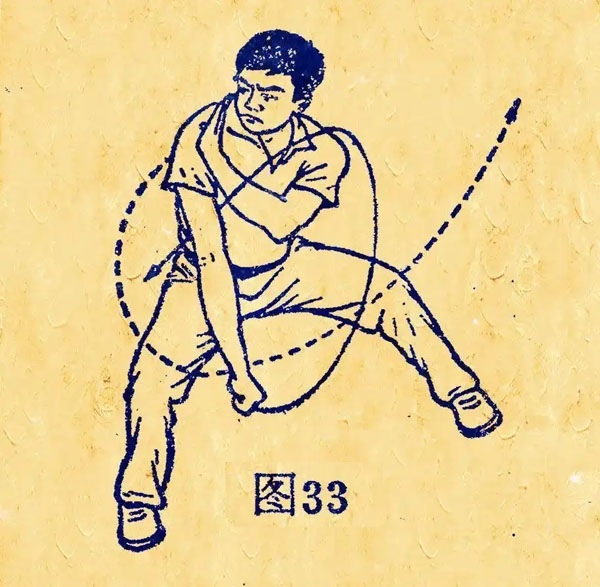
Title: Fu Jow Pai: Descending Mountain Tiger 36 Techniques (31-36 and Finishing Movements)
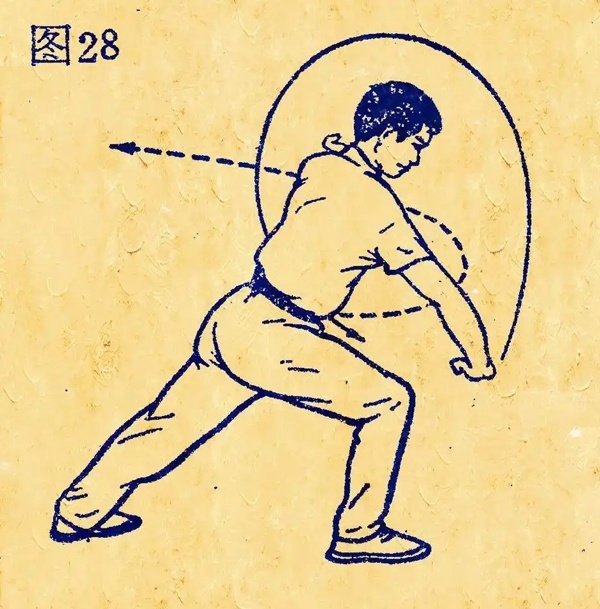
Fu Jow Pai: Descending Mountain Tiger 36 Techniques (25-30)
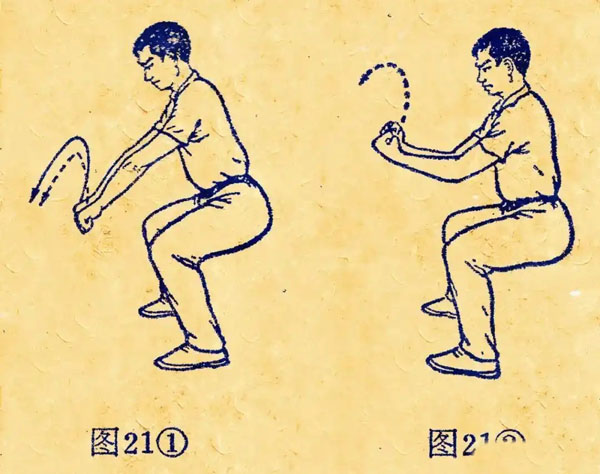
Fu Jow Pai: Descending Mountain Tiger 36 Techniques (19-24)
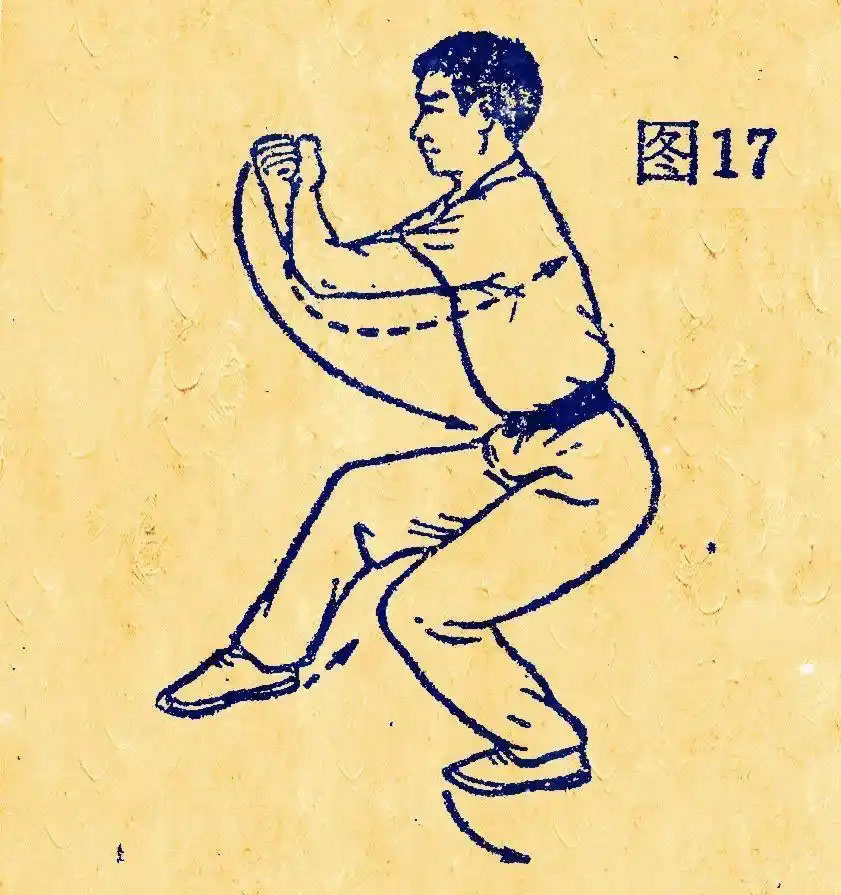
Fu Jow Pai: Descending Mountain Tiger 36 Techniques (13-18)